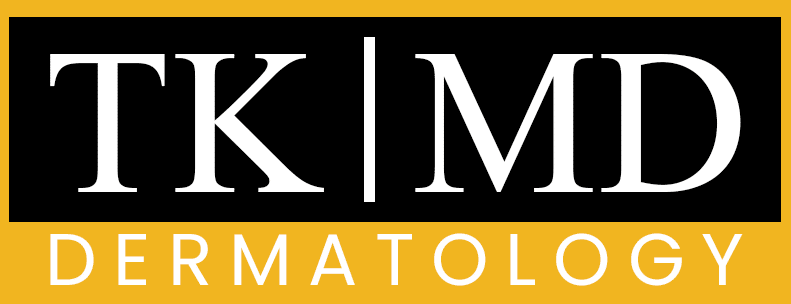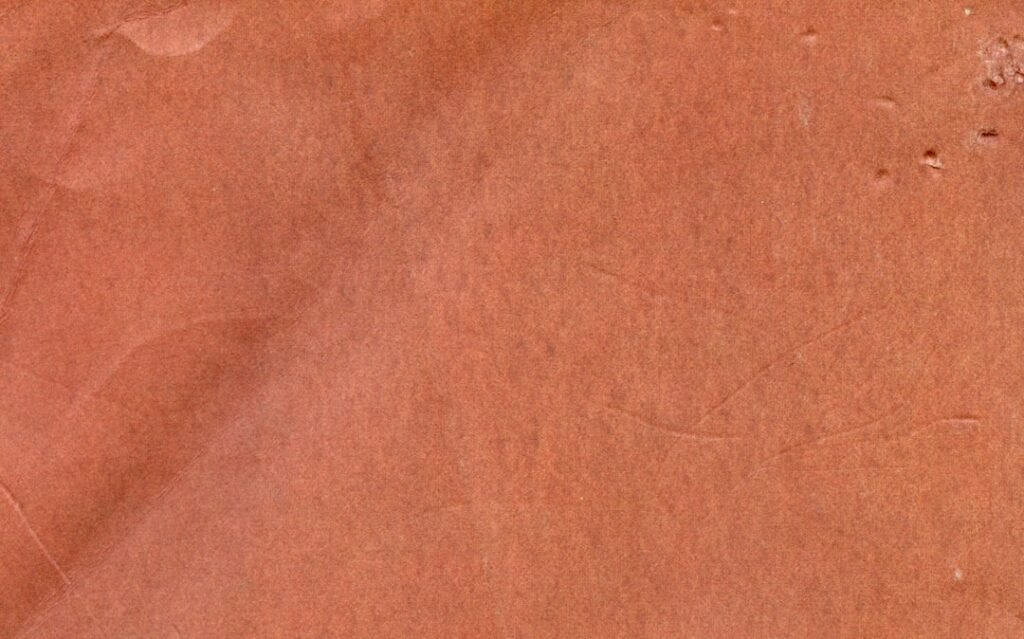Blind pimples, often referred to as cystic acne, are a specific type of acne that occurs beneath the skin’s surface. Unlike typical pimples that are visible and can be easily popped or drained, blind pimples are characterized by their deep, painful nature and lack of a visible head. They form when hair follicles become clogged with excess oil, dead skin cells, and bacteria.
This blockage leads to inflammation and swelling, resulting in a tender bump that can be both uncomfortable and unsightly. The term “blind” is used because these pimples do not have the typical white or black heads associated with other forms of acne. The formation of blind pimples is often linked to hormonal fluctuations, particularly during puberty, menstruation, or periods of increased stress.
Hormones can stimulate the sebaceous glands to produce more oil, which can exacerbate the clogging of pores. Additionally, certain lifestyle factors such as diet, lack of sleep, and inadequate skincare routines can contribute to the development of these stubborn blemishes. Understanding the underlying causes of blind pimples is crucial for effective prevention and treatment.
Key Takeaways
- Blind pimples are deep, under-the-skin pimples that are not visible from the surface.
- They form when oil, dead skin cells, and bacteria become trapped in a pore, causing inflammation and a painful bump.
- Signs of a blind pimple include a red, swollen bump that is tender to the touch and does not come to a head.
- To prevent blind pimples, it’s important to keep the skin clean, avoid picking or squeezing pimples, and use non-comedogenic skincare products.
- Home remedies for treating blind pimples include applying ice, tea tree oil, or a warm compress to reduce inflammation and promote healing.
Identifying Blind Pimples: Signs and Symptoms to Look Out For
Identifying blind pimples can be challenging due to their hidden nature. However, there are several signs and symptoms that can help individuals recognize them early on. One of the most common indicators is the presence of a painful, swollen bump beneath the skin.
Unlike regular pimples that may have a visible whitehead, blind pimples typically do not show any signs of pus on the surface. Instead, they may feel firm to the touch and can be quite sensitive, making them uncomfortable when pressure is applied. In addition to the physical characteristics, blind pimples may also be accompanied by redness and inflammation in the surrounding area.
This can create a noticeable contrast between the affected skin and the rest of the face or body. Some individuals may also experience itching or tenderness around the site of the blind pimple. Recognizing these symptoms early can help in taking appropriate measures to treat and manage them effectively.
Preventing Blind Pimples: Tips for Minimizing Their Occurrence

Preventing blind pimples requires a multifaceted approach that addresses both internal and external factors contributing to their formation. One of the most effective strategies is maintaining a consistent skincare routine that includes cleansing, exfoliating, and moisturizing. Using non-comedogenic products—those that do not clog pores—can significantly reduce the likelihood of developing blind pimples. Regular exfoliation helps remove dead skin cells that can accumulate and block hair follicles, while gentle cleansing keeps excess oil at bay.
Diet also plays a crucial role in preventing blind pimples. Research suggests that high-glycemic foods, dairy products, and excessive sugar intake may exacerbate acne conditions. Incorporating a balanced diet rich in fruits, vegetables, whole grains, and lean proteins can help regulate hormone levels and reduce inflammation in the body.
Staying hydrated is equally important; drinking plenty of water helps maintain skin elasticity and flushes out toxins that could contribute to acne formation.
Home Remedies for Treating Blind Pimples: Natural and DIY Solutions
| Treatment | Ingredients | Instructions |
|---|---|---|
| Tea Tree Oil | Tea tree oil, carrier oil | Mix a few drops of tea tree oil with a carrier oil and apply to the affected area |
| Ice | Ice cubes or ice pack | Wrap ice in a cloth and apply to the pimple for a few minutes to reduce inflammation |
| Apple Cider Vinegar | Apple cider vinegar, water | Dilute apple cider vinegar with water and apply to the pimple using a cotton ball |
| Green Tea | Green tea bag, hot water | Steep a green tea bag in hot water, let it cool, and apply to the pimple |
| Honey | Raw honey | Apply a small amount of raw honey to the pimple and leave it on for 10-15 minutes |
For those seeking natural remedies to treat blind pimples, several options can be effective in reducing inflammation and promoting healing. One popular home remedy is the application of tea tree oil, known for its antibacterial properties. Diluting tea tree oil with a carrier oil such as coconut or jojoba oil before applying it directly to the affected area can help reduce swelling and redness.
Another effective remedy is using a warm compress; applying a warm cloth to the area can help open up pores and promote drainage. Honey is another natural ingredient that has been praised for its healing properties. Its antibacterial and anti-inflammatory effects make it an excellent choice for treating blind pimples.
Applying raw honey directly to the pimple and leaving it on for 20-30 minutes before rinsing can help soothe irritation and speed up healing. Additionally, aloe vera gel is known for its soothing properties; applying fresh aloe vera directly from the plant can provide relief from pain and reduce inflammation.
Over-the-Counter Treatments for Blind Pimples: Topical Products and Medications
When home remedies are insufficient, over-the-counter treatments can provide additional support in managing blind pimples. Products containing salicylic acid are particularly effective as they help exfoliate the skin and unclog pores. Salicylic acid penetrates deep into the skin, breaking down the debris that contributes to acne formation.
Another common ingredient found in topical treatments is benzoyl peroxide, which works by killing bacteria on the skin’s surface and reducing inflammation. For those with sensitive skin or who prefer a gentler approach, products containing alpha hydroxy acids (AHAs) like glycolic acid can be beneficial. AHAs help exfoliate the outer layer of skin while promoting cell turnover, which can prevent future breakouts.
Additionally, retinoids—vitamin A derivatives—are available over-the-counter and can help regulate skin cell turnover while preventing clogged pores. These treatments can be particularly effective when used consistently as part of a comprehensive skincare routine.
Professional Treatments for Blind Pimples: Options Available from Dermatologists

In cases where over-the-counter treatments fail to provide relief, consulting a dermatologist may be necessary for more advanced treatment options.
Dermatologists can offer various professional treatments tailored to individual needs.
One common procedure is corticosteroid injections, where a diluted corticosteroid solution is injected directly into the blind pimple to reduce inflammation rapidly.
This method can provide immediate relief from pain and swelling. Another option is chemical peels, which involve applying a chemical solution to exfoliate the skin’s surface layers. This treatment helps unclog pores and improve overall skin texture while reducing the likelihood of future breakouts.
For more severe cases of cystic acne, dermatologists may prescribe oral medications such as isotretinoin (commonly known as Accutane). This powerful medication works by reducing oil production in the skin and preventing clogged pores but requires careful monitoring due to potential side effects.
Lifestyle Changes for Managing Blind Pimples: Habits to Adopt and Avoid
Managing blind pimples effectively often involves making lifestyle changes that promote overall skin health. One essential habit is maintaining a consistent skincare routine tailored to individual skin types. This includes using gentle cleansers that do not strip the skin of its natural oils while incorporating exfoliation into weekly routines to prevent dead skin buildup.
Stress management is another critical factor; high-stress levels can trigger hormonal fluctuations that exacerbate acne conditions. Engaging in regular physical activity, practicing mindfulness techniques such as meditation or yoga, and ensuring adequate sleep can significantly impact stress levels and overall skin health. Additionally, avoiding touching or picking at blind pimples is crucial; this habit can introduce bacteria into the skin and worsen inflammation.
When to Seek Medical Attention for Blind Pimples: Warning Signs and Red Flags
While many blind pimples can be managed with home remedies or over-the-counter treatments, certain warning signs indicate it may be time to seek medical attention. If a blind pimple persists for an extended period without improvement or continues to grow in size, it may require professional evaluation. Additionally, if there are signs of infection—such as increased redness, warmth, or pus—consulting a dermatologist is essential to prevent complications.
Individuals experiencing frequent outbreaks of blind pimples despite following a consistent skincare routine should also consider seeking professional advice.
Persistent acne may indicate an underlying hormonal imbalance or other medical conditions that require targeted treatment. Early intervention can lead to more effective management strategies and prevent long-term scarring or skin damage associated with untreated cystic acne.
If you are dealing with a stubborn blind pimple, you may want to consider seeking professional help from a dermatologist. Dr. Trisha Khanna, a board-certified dermatologist, offers a variety of services to help with skin concerns like blind pimples. You can learn more about her office policies here.
FAQs
What is a blind pimple?
A blind pimple, also known as a closed comedone, is a type of acne that forms deep within the skin and does not come to a head like a typical pimple.
What causes blind pimples?
Blind pimples are caused by the same factors that contribute to other forms of acne, including excess oil production, bacteria, and inflammation. They often occur when a pore becomes clogged with oil, dead skin cells, and bacteria.
How can blind pimples be treated?
Treatment for blind pimples may include topical treatments such as benzoyl peroxide or salicylic acid, as well as oral medications like antibiotics or isotretinoin. In some cases, a dermatologist may need to perform a procedure to extract the pimple.
Can blind pimples be prevented?
Preventative measures for blind pimples include maintaining a consistent skincare routine, avoiding picking or squeezing the skin, and using non-comedogenic products to reduce the risk of clogged pores.
When should I see a doctor about a blind pimple?
If a blind pimple is particularly painful, does not respond to over-the-counter treatments, or is accompanied by other concerning symptoms, it is advisable to seek medical attention from a dermatologist.


